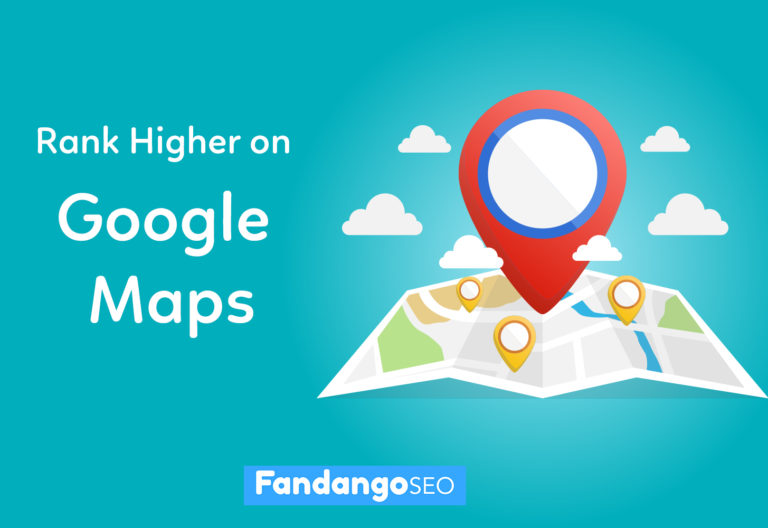You surely have a brilliant strategy to optimize your Website SEO. However, search engines are always seeking the content that most interest users, and whether we like it or not, the consumer’s demand is continually changing. You can maintain a good ranking position for a while, perhaps for an extended period, but at some point, your competitor will outrank you in search results. How did they do it? You may wonder. It’s time to uncover their SEO strategy.
Why is competitor analysis important for SEO?
First, competitive analysis is relevant in SEO because to rank at the top of Google search results, you need to optimize your website better than those of your competitors. By analyzing your competition, you will know which sites you are ranking against. Additionally, a complete audit will give you information about their SEO strategy and valuable insights to optimize your site and outrank them.
Understanding the tactics that others use not only helps you find what you can improve in terms of SEO, but you’ll also identify your strengths. Additionally, you’ll quickly see your competitors’ weaknesses, which you can use to your advantage. It’s a powerful tool that brings you the necessary information to keep your website on top of search rankings.
What to learn from an SEO Competitive Analysis
Now that you know the importance of analyzing your competitor’s SEO performance and strategies let’s see what you can learn from them.
Content Analysis
By analyzing the Top Inlink Pages of your competitor’s, you’ll be able to find out which are the pages or articles they give more importance. These pages are the ones that receive more internal links within the website. Therefore they are considered of high value by the competition. Is there any relevant content that you can add to your website? Check whether you are missing any page with the potential to attract traffic to your site.
How to check your competitor’s Top Inlink Pages?
Using an SEO Crawler, you can immediately obtain the Top Inlik Pages of any website. For example, run a crawl of the site that you want to analyze with FandangoSEO and go to the section Architecture info > Top Inlink Pages.
Here is what you visualize at Top Inlink Pages
- The overall amount of inlinks
- Total number of crawled pages
- The average incoming links per page
- Inlinks by PageTypes
- A list of pages with more inbound links
In addition to knowing the most relevant pages of the competition, you’ll be able to see which types of pages have more incoming links. To do this, you only need to configure the existing page types beforehand. This way, you’ll understand what kind of pages the competition wants to emphasize.
Another interesting point that you can learn from the content analysis is the keywords by which the competition is ranking. Some of the best tools that you can use to this end are SEMrush, Sistrix, and Ahrefs. You’ll be able to quickly identify which keywords work best for your competitors and see if you can incorporate any of these words into your content.
Furthermore, you can also use these tools to check which pages are the most popular (shared) or have received the most visits. You should not only learn what themes are attractive to the target but also check how your competitors present this information. Do they write in a friendly or technical tone? Are illustrations or videos frequently used? Is there any material such as checklists or ebooks that attracts visitors? As you see, you can get the best lessons from the most successful pages of others.
Additionally, if you use SEMrush, Sistrix, or Ahrefs, it’s worth researching which websites are linking to your competitors’ sites. Find out if these websites are of good quality and if you could get them to link to your site as well. This practice helps you find potential inbound links that improve your ranking positioning.
Website Structure
In addition to the content analysis, taking a look at the website architecture can give you some clues about why they rank so well in search results. What types of pages are closer to the home page? What percentage of content do they have at each page level? Are they using a flat structure or a pyramid structure?
How to check a website architecture?
Some SEO crawlers in the market also allow you to visualize the web structure. The Architecture map of FandangoSEO, as an example, provides you with a visual diagram of the site structure. You’ll be able to instantly identify how all the pages or page groups within the website are interconnected.
Takeaways
There are a lot of valuable insights that you can get from competitive analysis. Here are the highlights of what you may learn from reviewing the SEO performance of other websites.
- What are the most relevant pages for the competitors?
- Are you missing any potential content or keyword?
- Are there any inbound links that you can get from quality websites?>
- Is your writing as attractive as those of your competitors?
- Can you improve your website architecture?
We hope you find this article useful. Let us know in the comments if you can think of any other insights that Competitive Analysis can bring. We’ll also be happy to answer any questions you may have about this subject.
Last Updated on October 26, 2022 by Hannah Dango




